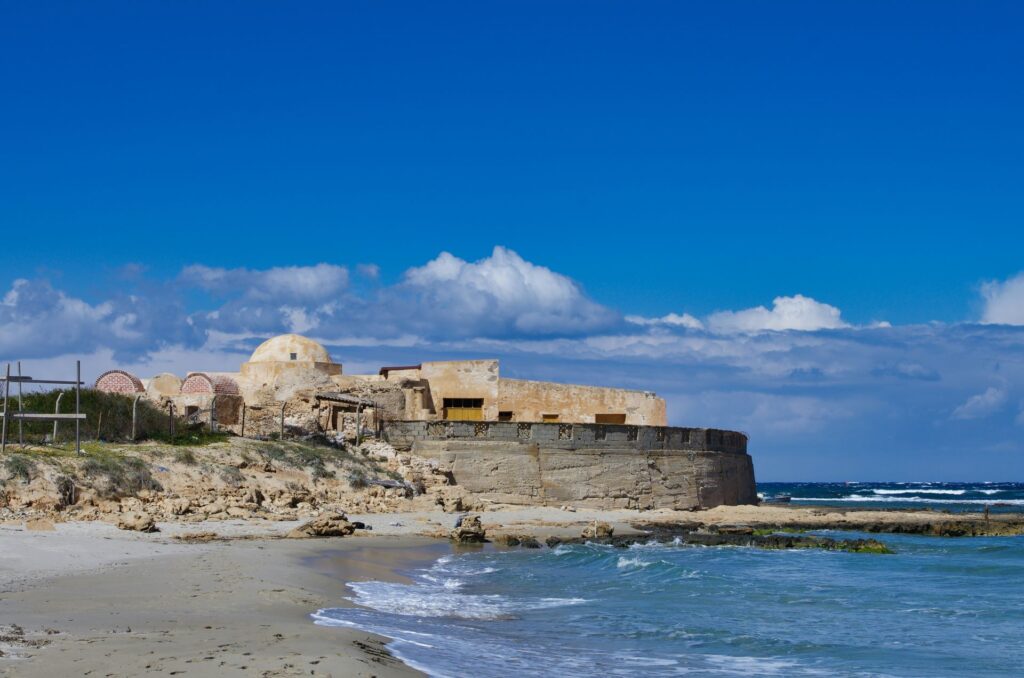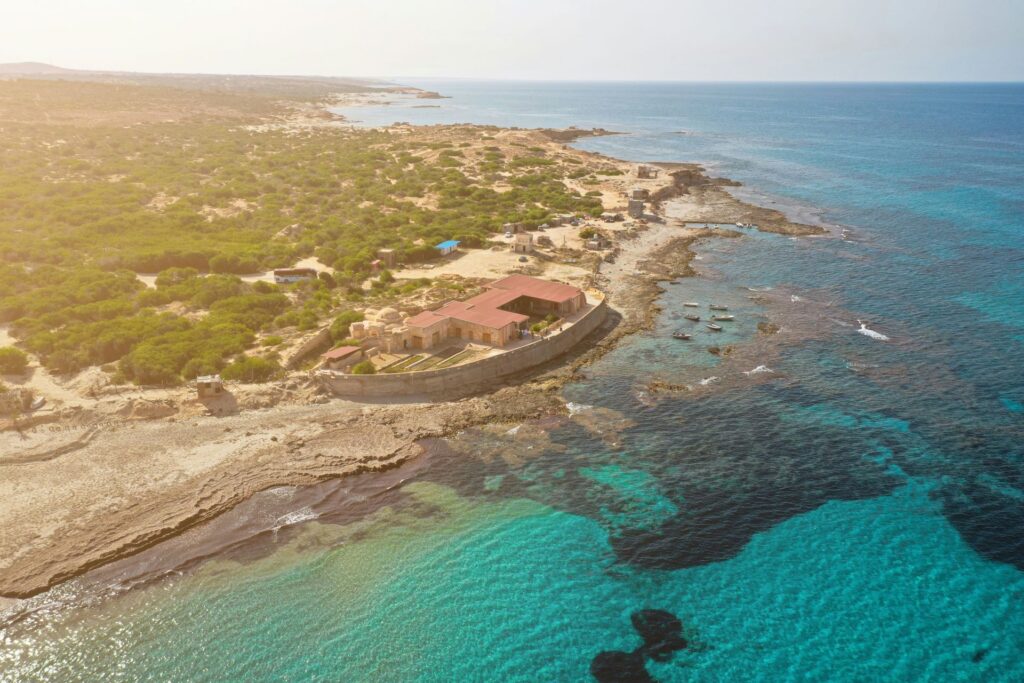Libya’s Wastewater Treatment Potential and Challenges
Amid growing water scarcity, Libya must embrace wastewater treatment to secure its future and sustain agriculture.
Since the 1950s, Libya has emerged as Africa’s top oil producer, holding approximately 41% of the continent’s total oil reserves. However, beyond its wealth in ‘black gold,’ Libya also possesses significant water resources, often referred to as ‘blue gold.’ Despite this, the country faces severe water scarcity. Approximately 98% of Libya’s water supply depends on groundwater aquifers, as it lacks renewable surface water resources like rivers. Rainfall is minimal, limited to the northern regions of Jabal Al Akhdar and Jabal Nafusa, and continues to decline due to climate change.
Libya’s southern region contains vast non-renewable groundwater reserves, notably the Nubian Sandstone Aquifer System. The Great Manmade River Project was developed to transport water from these aquifers to northern coastal populations, support agriculture, and ensure food security.
However, despite this resource, Libya remains one of the most water-stressed countries, ranking 11th among the 25 nations facing extreme water scarcity in 2019, according to the World Resources Institute.
Dependence on fossil groundwater resources is unsustainable, especially in the face of climate change and increasing water demand. Non-conventional water resources such as desalination and wastewater treatment remain limited, even though they are strategic for addressing Libya’s growing water stress. Political and economic instability, along with damage to water infrastructure from past conflicts, further complicate water management efforts. Libya’s agricultural sector, which contributes only 2–3% to GDP and imports 75% of the country’s food, requires alternative water sources to reduce pressure on fossil aquifers and support economic diversification.
Before the fall of Gaddafi’s government in 2010, Libya had 79 wastewater treatment plants with a total capacity of 74 million cubic metres to produce effluents suitable for irrigation. However, out of the 504 million cubic metres of municipal wastewater produced in 2012, only 40 million cubic metres were treated and used for irrigation across 2,900 hectares. Many treatment plants are now either out of order, not used, under construction, or with no information about their status. Most plants were installed between 1965 and 1995, reflecting the outdated scope of management practices of wastewater treatment.

Libya’s pressing challenges are developing effective, holistic policies related to water, sanitation, and hygiene and addressing the existing gaps in the management, maintenance, and operational capacity of its wastewater treatment infrastructure. Libya’s treatment plants located in Misrata, Tripoli, and Sirt are limited to small and medium-sized facilities. In some cases, such as Tajoura, untreated sewage infiltrates groundwater and pollutes wells, having severe consequences on public health, environmental safety, and the availability of potable water. Additionally, only a small fraction of treated wastewater is used for irrigation, limiting its potential to alleviate pressure on groundwater resources.
Libya’s political instability further exacerbates these issues, weakening the development of required infrastructure and hindering the adoption of alternative water solutions that could enhance Libya’s water situation and improve food security. Fragmented governance has hindered coordinated policy implementation and reduced the country’s ability to mobilise resources effectively. As a result, Libya struggles to integrate treated wastewater into agricultural systems and improve irrigation efficiency.

To make up for the existing gap in water solutions, Libya could benefit from focusing on decentralised wastewater treatment systems, unlike centralised systems which require huge financial investment, continuous maintenance, and a solid governance framework which are difficult under Libya’s volatile conditions. Such systems are more flexible and can be tailored to local needs, implemented in rural areas, and supervised on a small scale by municipal authorities. They can also reduce the logistical challenges associated with large infrastructure, such as extensive piping systems.
Thus, Libya must invest in capacity building. There is a wealth of technical expertise among engineering graduates and scientists, which could be harnessed to design, implement, and maintain these systems effectively. By strengthening local expertise, Libya can reduce its dependence on foreign specialists. Moreover, Libya could benefit from fostering cooperation with regional stakeholders such as Egypt, providing important learning experiences and updated technical advancements.
Further investment is needed, especially in suburban areas of major cities, to enhance agriculture during periods when water from groundwater aquifers is scarce. In this case, Libya could work with international stakeholders to develop small-scale plants. An example is the Municipality of Garaboulli, which faced challenges in managing its wastewater contamination of farmland, posing serious environmental and health risks for its citizens. The UN Development Programme has worked with local authorities to develop portable sewage treatment plants with a total capacity of 2,000 cubic meters per day. Such projects demonstrate the potential of localised wastewater solutions and highlight the need for broader implementation.
Securing financial investment is another crucial aspect of wastewater treatment development. Libya could benefit from international funding mechanisms, such as the Green Climate Fund, to finance infrastructure projects.
Thus, tackling wastewater treatment development in Libya requires a holistic approach combining technical advancements with strong policy frameworks to ensure effective implementation and long-term sustainability.